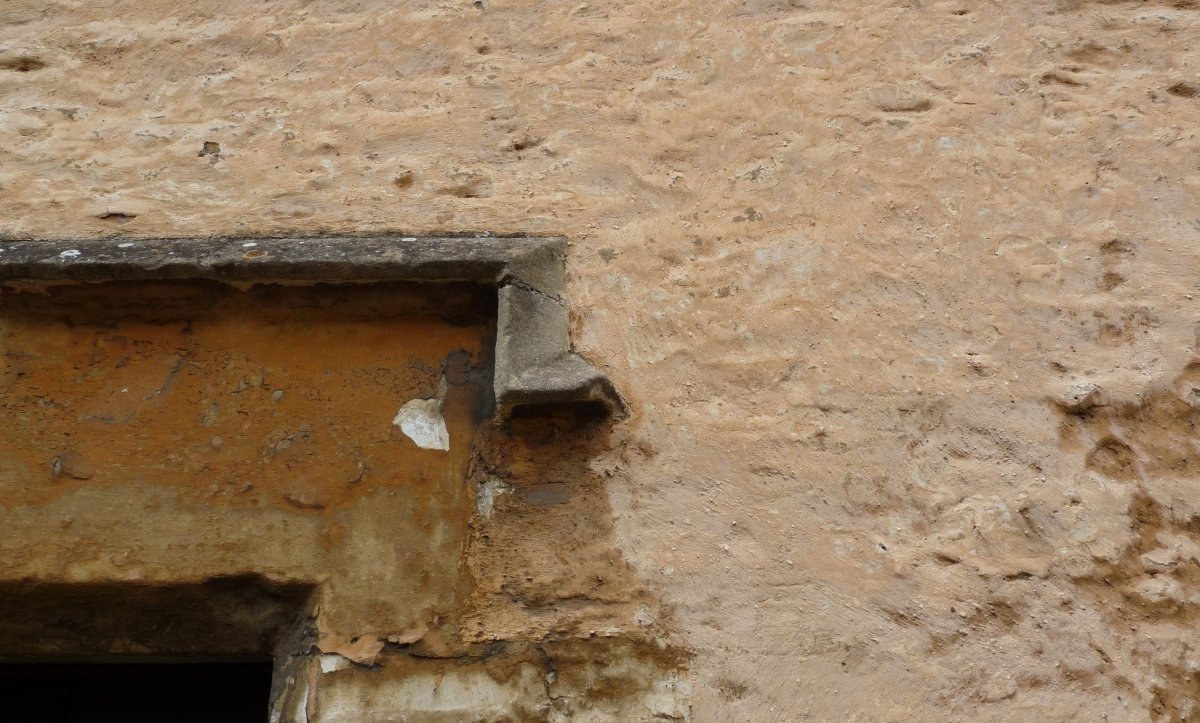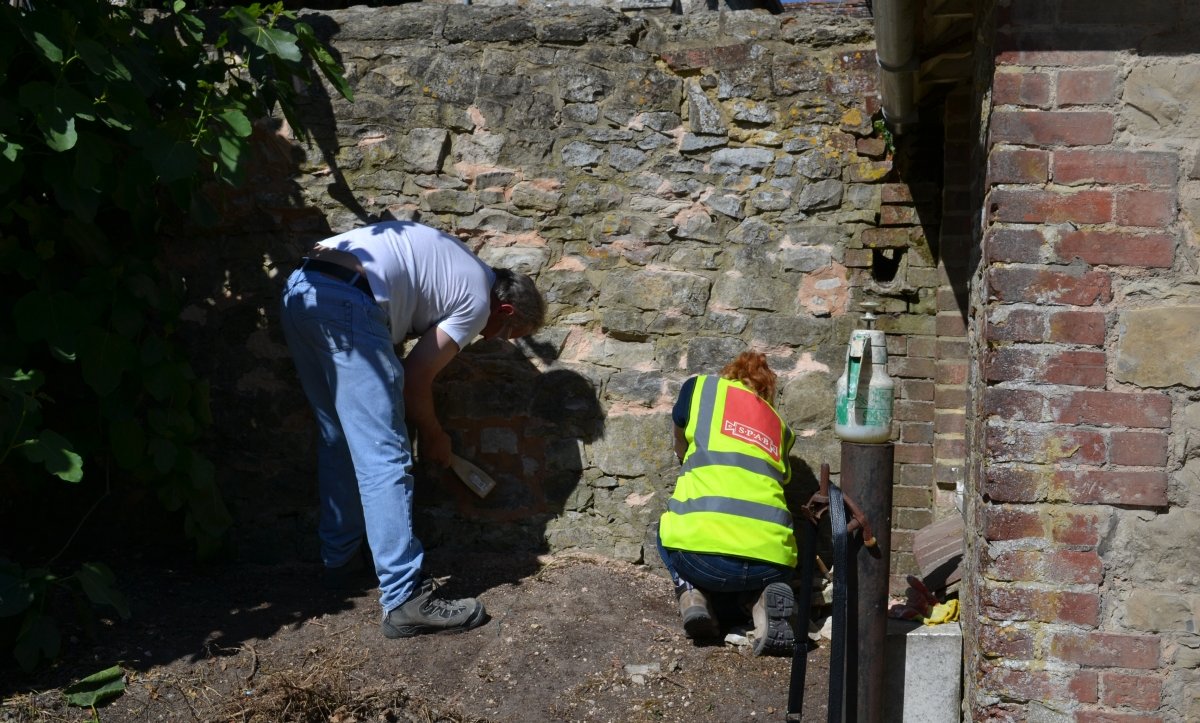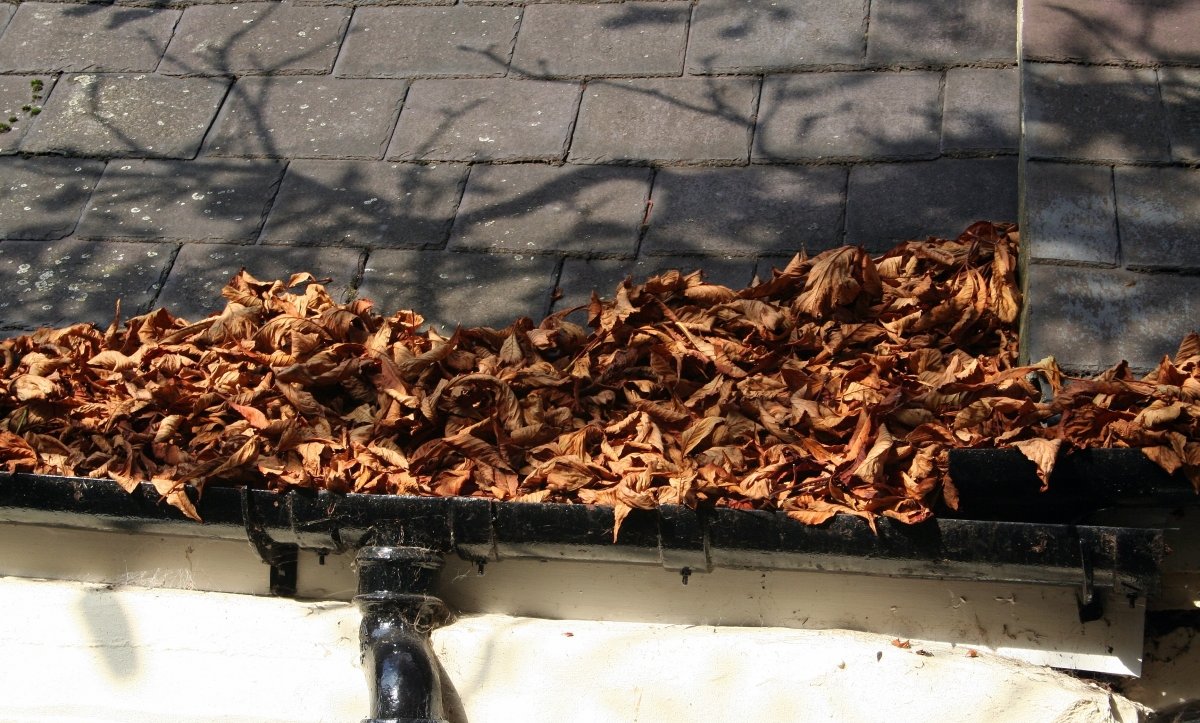In the context of building materials, and with particular reference to old and historic buildings, the generic term ‘breathable’ is used to describe an important property of building fabric: the extent to which building materials are able to transmit moisture. Breathable materials should be sufficiently permeable to enable absorbed and surface moisture to evaporate during ambient drying conditions. Loss of moisture from the material needs to occur rapidly enough to ensure that there is no accumulation of moisture which can lead, over time, to significant deterioration of building fabric, development of mould growth, infestation, or other form of decay. A breathable material, by definition, cannot be impermeable and should not trap moisture.
Search our Knowledgebase
Search our Knowledgebase
The SPAB receives many enquiries about what constitutes good practice when it comes to repointing old masonry. This article sheds some light on the main issues.
This article looks at those humble, often forgotten but all-important links between rain and drain - gutters and downpipes.
Much of the guidance given by the SPAB over our Technical Advice Line concerns the 'undoing' of well-intentioned but ill-conceived work carried out from the mid-20th century to historic buildings. Such work has frequently involved the replacement of lime renders on external walls with highly unsuitable modern cement coverings – a serious time bomb.




